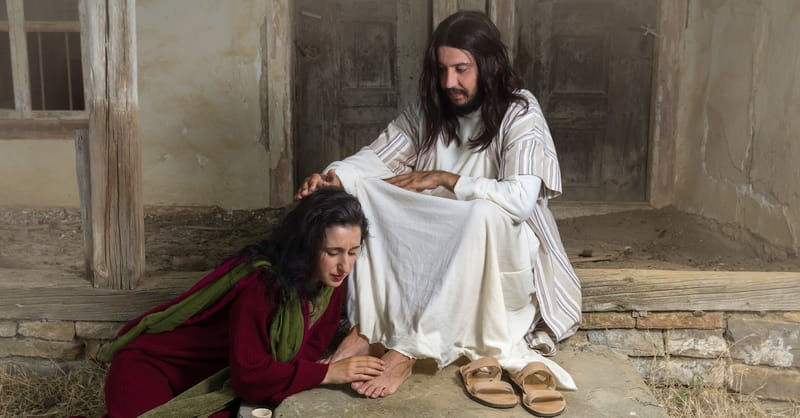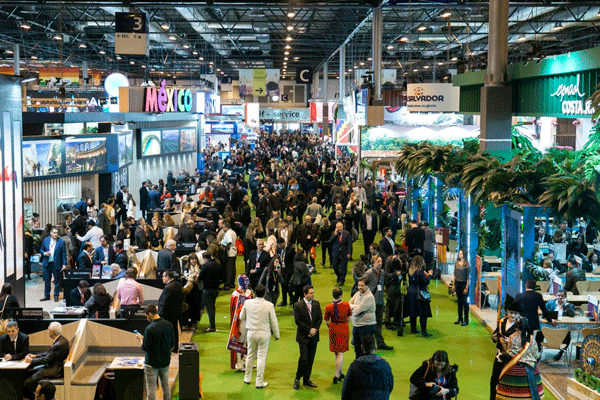Hurricane Matthew: Haiti storm disaster kills hundreds. Why Haiti is vulnerable to disasters and epi
- The Mariana DAngelo Editorial Group
- 12 oct 2016
- 3 Min. de lectura

The death toll in Haiti as a result of Hurricane Matthew - the most powerful Caribbean storm in a decade - has soared to more than 400, officials say.
Some 50 people were reported killed in the town of Roche-a-Bateau alone.
The nearby city of Jeremie saw 80% of its buildings levelled. In Sud province 30,000 homes were destroyed.
Category Three Matthew, with sustained winds of 120mph (193km/h), is battering the coastline of the US state of Florida but has not yet made landfall.
It remains unclear whether it will do so.
At 11:00 local time (15:00 GMT) Matthew was hugging the Florida coast, about 35 miles east of Daytona Beach and moving north-west at about 13mph, the National Hurricane Center said.
Live updates on Florida
Hurricane Matthew in pictures
Hurricane response: How do Haiti and Florida compare?
Haitians describe hurricane ordeal
Aid lessons from Haiti quake
Senator Herve Fourcand from southern Haiti told AFP news agency that at least 400 people had died. Reuters news agency put the death toll at 478, quoting Haitian officials, but this has not been independently confirmed.
The World Food Programme's country director in Haiti, Carlos Veloso, has warned that it could take up to four or five days to get a clearer picture of the impact and death toll.
Mr Veloso told the BBC some aid had been brought into the country's south-western peninsula, where many of the deaths were reported, but the region remained largely cut off with access only possible by helicopter or sea.

After slicing through Haiti and Cuba, Hurricane Matthew pounded the Bahamas on Thursday but no fatalities were reported there. Four people died in the neighbouring Dominican Republic on Tuesday.
Most of the deaths in Haiti were in towns and fishing villages around the southern coast, with many killed by falling trees, flying debris and swollen rivers.
The storm passed directly through the Tiburon peninsula, driving the sea inland and flattening homes with winds of up to 230km/h (145mph) and torrential rain on Monday and Tuesday.
The collapse of an important bridge on Tuesday and flood waters are hampering rescue efforts in the region.
Non-governmental organisations said phone coverage and electricity were down and people were running out of food and water.
Les Cayes resident Jean Joseph described the scene in his town - one of the worst-hit - as "complete devastation".



Across the country, there are some 350,000 in need of assistance, according to the UN Office for the Co-ordination of Humanitarian Affairs.
A spokesperson for the American Red Cross, Suzy DeFrancis, said the first priority was to get phone networks across the country back up and running.
She said aid agencies were most concerned about a surge in cholera cases, with the sanitation system in Haiti already overwhelmed.
Haiti - one of the world's poorest countries - has never fully recovered from the earthquake that killed thousands of people in 2010 and the cholera epidemic that followed.


The Red Cross has launched an emergency appeal for $6.9m (£5.6m) "to provide medical, shelter, water and sanitation assistance to 50,000 people".
The US is sending nine military helicopters to help deliver food and water to the hardest-hit areas. Storm surge fear
Meanwhile in the US, Hurricane Matthew has so far stayed off the coast but is just a few kilometres away, bringing with it strong winds and heavy rain.
President Barack Obama on Friday warned of the dangers of a storm surge, where a wave of seawater might wash over coastal communities along a 500-mile stretch from South Florida to Charleston, South Carolina.
A state of emergency is in place in several states and at least three million inhabitants have been ordered to evacuate their homes.
More than half a million homes have lost power in Florida.

Cape Canaveral - where Nasa's rocket launch facility is based - recorded a wind gust of 107mph, with reports of minor damage to the roof of the Kennedy Space Center.
Forecasters are warning the storm could dump up to 15in (38cm) of rain and cause a storm surge of 9ft or more in the state.
Orlando theme parks Walt Disney World, Universal Studios and SeaWorld are shut.

Why Haiti is vulnerable to disasters
More than half of Haiti's city-dwellers live in overcrowded shantytowns that take the full force of any earthquake, hurricane, or disease outbreak. An ongoing cholera epidemic, triggered by the arrival of UN troops after the 2010 earthquake, has killed thousands of people.
Massive deforestation has also led to soil erosion, leaving hillside huts and poorly-built houses in the capital, Port-au-Prince, dangerously exposed. In rural areas, topsoil used for agriculture is often washed away.
Political instability and corruption have been a factor. Without effective government for decades, Haiti currently ranks 163rd out of the 188 countries on the UN Human Development Index. It spends little on storm defences.

The Mariana DAngelo Editorial Group


























































































































.jpg)





























































































































Comentarios